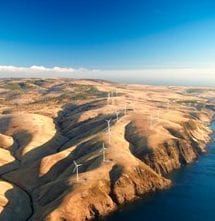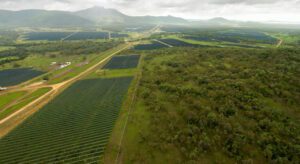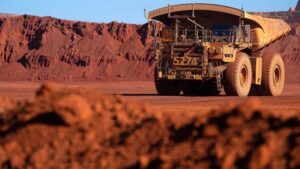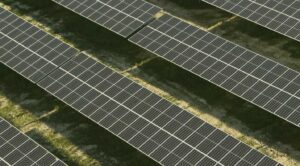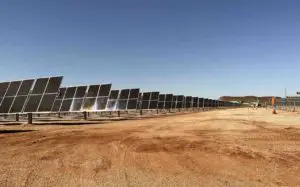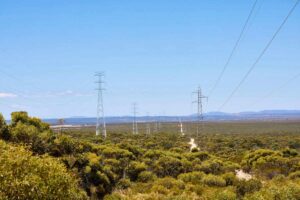The public feuding within the ruling Labor Party in South Australia in this past week confirmed to many that the last Labor state government in mainland Australia is about to lose power. And with it will go the last government openly supportive of renewable energy.
Voters go to the polls in South Australia and Tasmania on March 15, and the Labor Premiers in both states may be replaced by their conservative opponents.
In Tasmania, this may not mean a lot for renewables because the state is mostly powered by hydro anyway, but it will be interesting to see if a Liberal government pursues such projects as the King Island win project and a second interconnector to the mainland (to sell more green energy) with the same vigor, or indeed its aim to be “100% renewable”.
In South Australia, the circumstances are different. The Labor government has been in power – and the state has become the nation’s leader in both wind energy and rooftop solar PV.
Former Premier Mike Rann announced a state target of 33 per cent by 2020, an initiative that helped the state gain nearly half of the wind farms in the country, and the highest penetration of rooftop solar, but it has already nearly met its target giving it a combined contribution of 31 per cent from variable sources in 2012/13.
The state’s strong push into renewables was made possible by the fact that the local fossil fuel industry in that state is not strong. This is a circumstance shared by Tasmania and the ACT Labor government, the only other with strong renewables policy – 90% renewables by 2020. The other mainland states, WA, Victoria, Queensland and NSW, feature strong fossil fuel interests and conservative governments that have shown – particularly in WA and Queensland, and in Victoria in the case of wind – open hostility towards renewable energy.
But in the current campaigning South Australia, renewables are hardly mentioned. They do not yet feature in any of the major parties policy platforms, and nor are they likely too. This is despite the fact that in South Australia nearly one in five houses has modules on the roof, and rooftop solar contributes more than 15 per cent of electricity on some days, and recently has been contributing more than 10 per cent for more than 6 daylight hours.
Even with the likely roll-out of rooftop solar, and more wind farms (depending on the fate of the RET, which is not an election issue yet either), the state is likely to be the first to reach 50 per cent, and could do this by 2020, as several government reports have also concluded.
The failure to embrace such targets is disappointing, but probably not surprising. Politicians have yet to get their mind around rooftop solar, despite the obvious attraction to households and its ability to reduce bills. And in South Australia, there is plenty to boast about – jobs, the biggest reduction in wholesale prices in any state, less coal-fired electricity made locally and less coal imports, and a big reduction in emissions.
The issue about solar thermal has also been “neutralized” by an agreement to conduct a two year “feasibility study” co-founded by ARENA and the state government. Essentially, this is designed to postpone any decisions on new technology until after Alinta, the owner of the Port Augusta coal generators where the solar thermal power station could be located, is sold by its private equity owners.
The one positive note to the campaign so far is the Liberal’s focus on home energy consumption, costs and awareness. It proposes introducing monthly billing, and a voluntary rollout of smart meters.
It recognizes that the current system of billing and metering is based on an antiquated system that provides little data, and makes it impossible for a family to understand when it is using its energy and how it can shift consumption patterns to get costs down. That awareness will be crucial as more households look to install solar, or even battery storage systems, and distributed energy emerges as a viable alternative in a state with one of the most elongated, and expensive, network of poles and wires in the world.
It’s interesting, though, to look back at some of the advice that laid the foundation of Rann’s 33 per cent target. At the time, it was thought that a large part of the target (600MW to 900MW) would be met by geothermal energy. There will probably be little or none by 2020.
It was also though that solar PV, at most, would contribute 100MW. The state is already at 450MW and likely to at least double that by 2020. And it was thought that wind energy would cause grid instability if it went over 20 per cent. As it turns out it is at 27 per cent, and doing fine – even if it is clipping the earnings of aggrieved coal and gas generators.

